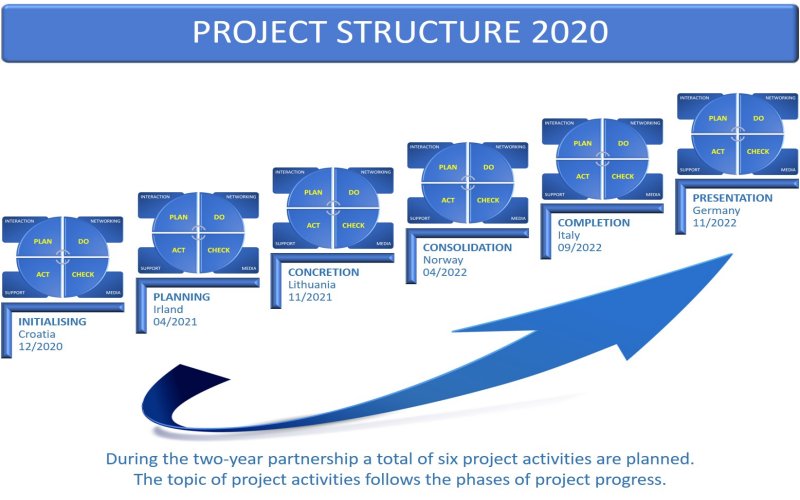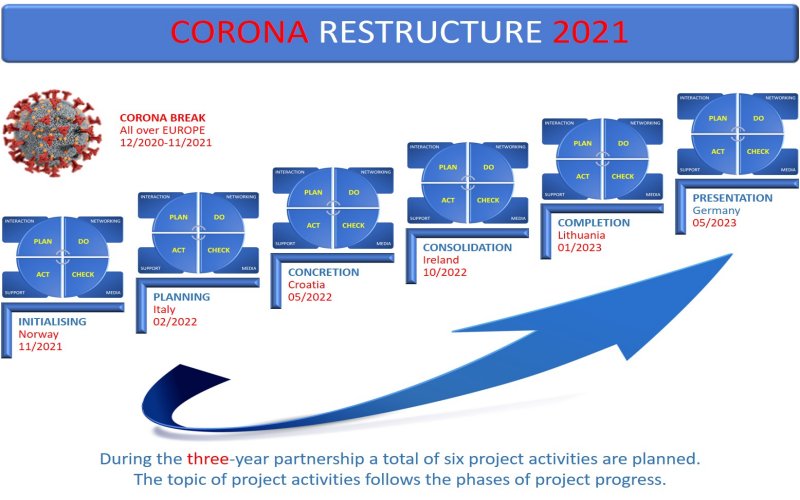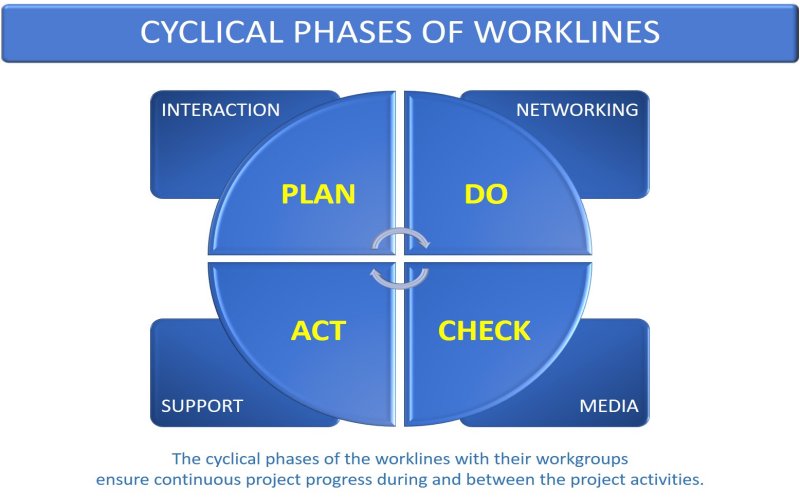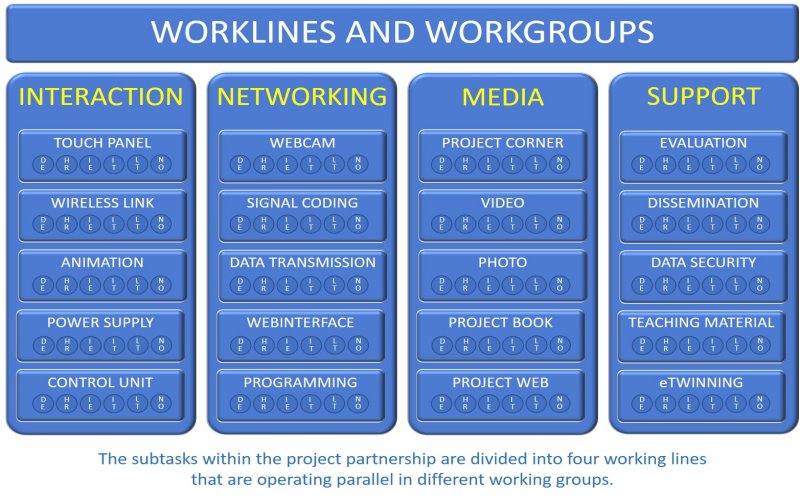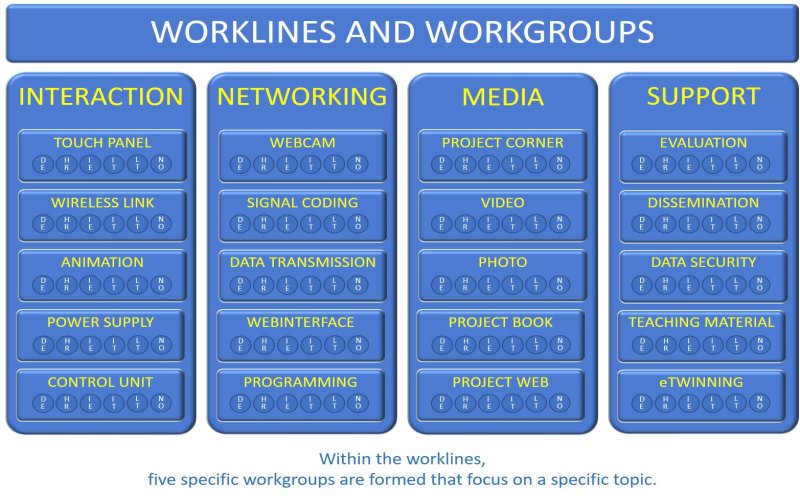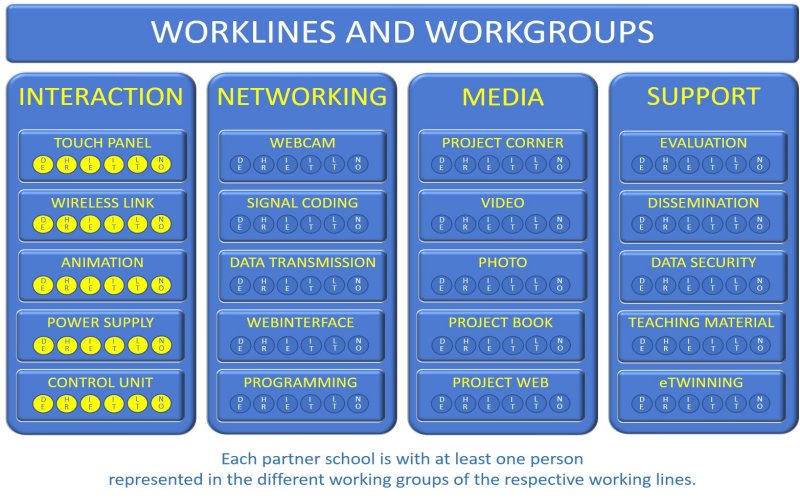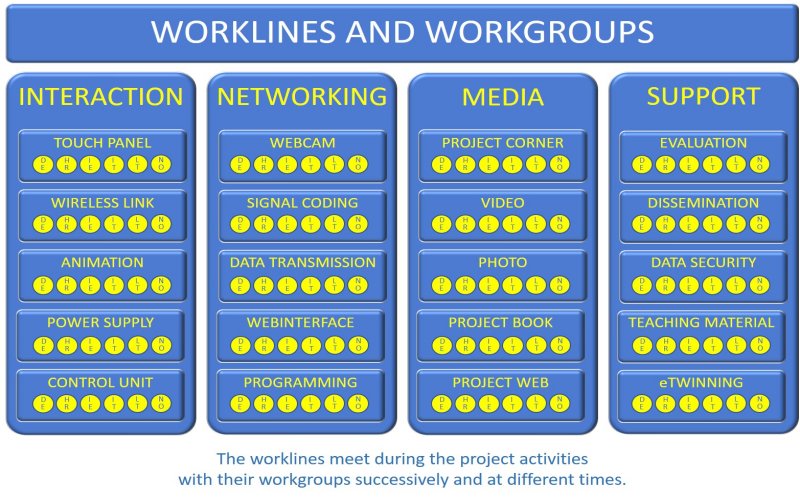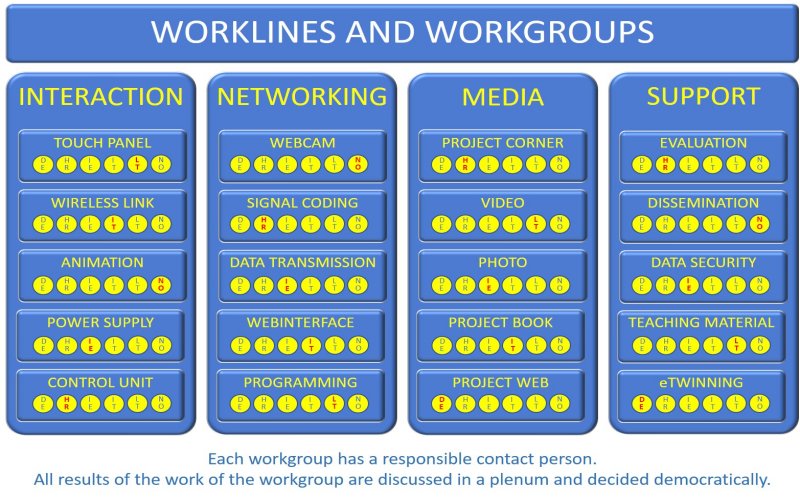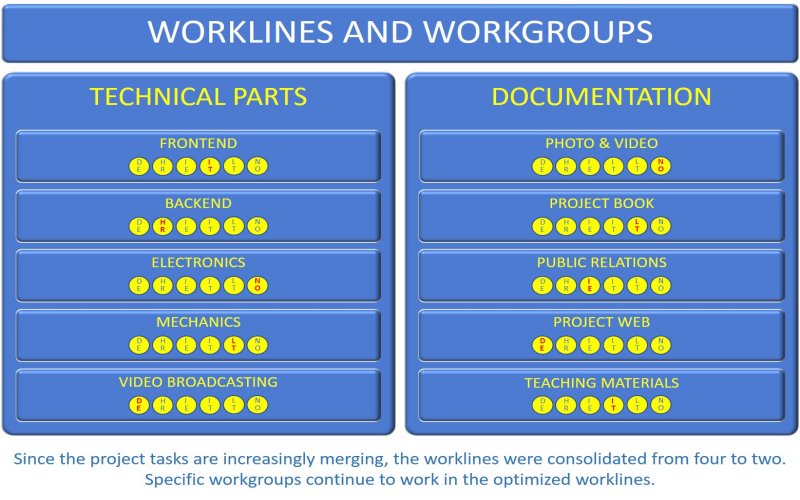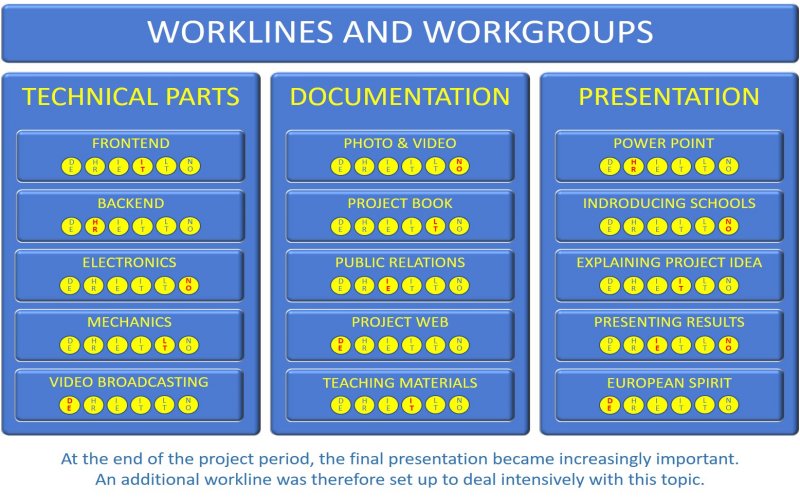The school partnership is an initiative of the „European CNC Network“, a consortium of more than 30 vocational schools from Europe that has been in existence since 2004. The most well-known and probably most successful school project within our network was the „Train for EUROPE“, which was awarded the European Youth Charlemagne Prize in 2010.
At that time, the 24 participating partner schools, as part of the school partnership „Train for EUROPE“, collaboratively produced locomotives and individual wagons with characteristic motifs on a model train scale using computer-controlled machine tools. For example, the wagon from Germany displayed a letterpress encased in an open book in honor of Johannes Gutenberg, while the Italian wagon showcased historic inventions by Leonardo da Vinci. At the conclusion of the project, the participants exchanged copies of their own wagons among themselves, ensuring that each of the participating partner schools possessed its own train with at least ten unique wagons. These were displayed in the school foyers in glass cabinets and were used for special events such as „Open House“ days.
The partnership described here directly builds upon the success of the „Train for EUROPE“ with a digital upgrade. The follow-up project focused on interactivity through the digital networking of the existing wagons using modern microprocessor technology, taking into account the current requirements from the „Industry 4.0“ future strategy. The chosen project title is based on the widely embraced industry concept, the „Digital Revolution 4.0“, which, after the invention of the steam engine, mass production on assembly lines, and the introduction of computer technology, is now the fourth stage advancing the intelligent integration of humans and machines in the digital transformation. Our „Train for EUROPE - Digital Revolution 4.0“ precisely adhered to these requirements and, in a sustainable learning environment, also provided an attractive training object for later instructional use.
To achieve this, the existing motif wagons were digitally enhanced in the spirit of STE(A)M by incorporating servomotors, audiovisual effects, and other creative design elements. An interactive user web interface served as a gateway for interactions with visitors. Clicking on the control panel button generated a radio-controlled impulse, activating the audiovisual motion effects of the selected wagon. Simultaneously, the interested user received information about the respective wagon motif and the school that built the wagon. Through web-based networking, it was also possible to control wagons at other school locations. Users could thus operate from a distance across Europe and use an integrated webcam to observe animations at other schools.
The complexity of the project idea posed high demands on the information technology implementation of digital networking, which was embedded in the students' regular curriculum. The students, aged 15 to 20, were supervised by at least two teachers at their school. The expansion of the „Train for EUROPE“ served as a „pedagogical catalyst“, motivating the development of fundamental skills and key competencies. It provided students with a complex action product, the opportunity to work on a challenging technical task alongside other European partners and learn from each other. Through action-oriented peer-to-peer learning, students internalized the subject matter much more intensively, as they independently acquired and deepened their knowledge, sharing and discussing what they learned with other learners.
During the nearly three-year project duration, six project meetings were held. Activities followed the phases of project progress, with early stages being significantly influenced by Covid-19 restrictions. Responsibility for individual project tasks was distributed among the partner schools in working lines and groups. The time between project meetings was utilized to complete agreed-upon tasks and advance the actual project work. Students communicated and discussed their solutions regularly using appropriate web-based groupware platforms.
The collaborative work on a technical challenge intensified the international and intercultural dialogue among the students. By communicating in the working language, English, students simultaneously experienced the development of their language skills. The joint project work fostered a „European Spirit“ that valued and respected both the commonalities and unique differences among the partners.
The partners are convinced that this project is perfectly suited
to work out another successful project supported by the "European CNC-Network".
The result of our efforts symbolizes the successful cooperation
of the different European educational institutes.
We are confident that we have found with this project an excellent example
that will increase the "European Spirit".


